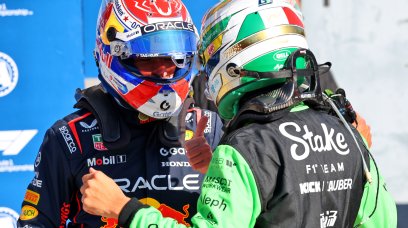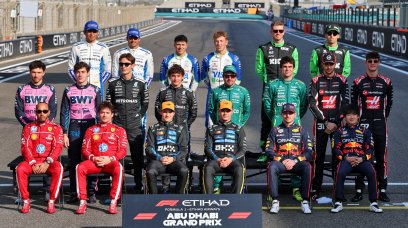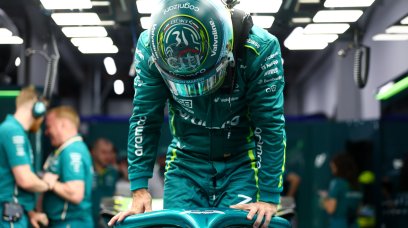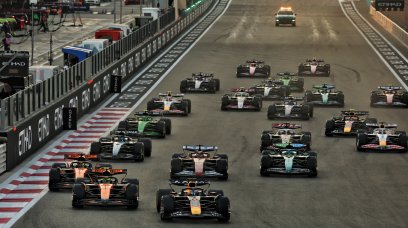The FIA has explained its reasoning behind handing Lewis Hamilton a five-place grid penalty for the Italian Grand Prix.
Before the Dutch GP at Zandvoort, Hamilton was placed under investigation following a yellow flag infringement on his recon laps to the grid.
The Briton crashed out on Lap 23 after clipping the Turn 3 wall but further misery was awaiting after the stewards handed down a five-place drop for Monza - along with two penalty points on his superlicence.
Due to the nature of the banked final corner and high-speed coming off it, drivers were warned pre-race that double waved yellow flags would be in force on the recon laps to protect those already on the grid, and that those entering the pit-lane would need to slow considerably.
Doubled-waved yellows require drivers to "reduce speed significantly" which the stewards felt Hamilton did not do.
It was found after examining data that he was 20kph slower through the zone than in practice and had reduced throttle application to 10% and lifted 70 metres earlier when entering the pit-lane.
However, the stewards felt that a reduction of 20kph was not a "significant" reduction in speed, and that Hamilton had not entered the pit-lane at a "greatly reduced speed."
The stewards did grant some leniency in not handing Hamilton a 10-place penalty for Ferrari's home race, reducing it to five places as he had made an attempt to slow.
He was also awarded two penalty points, taking him to two for the 12-month period.
Check out the full stewards verdict below!
Lewis Hamilton Dutch GP penalty verdict in full
The Stewards heard from the driver of Car 44 (Lewis Hamilton), team representative and reviewed positioning/marshalling system data, video, timing, telemetry, team radio and in-car video evidence.
Due to the nature of the track, the Race Director had informed all participants that the last corner before the pit lane would have double yellow flags waved. This was to ensure the safety of those on the grid and in the pit lane.
The regulations require that any driver passing through a double-waved yellow flag marshalling sector ‘reduce speed significantly…’. We looked through the available telemetry within the FIA system. We also requested the team to provide us with their telemetry data. All of this took some time and this decision was delayed as a result.
In addition, Article 44.1 requires all drivers covering more than one reconnaissance lap to drive down the pit entry road at ‘greatly reduced speed’.
The data showed that the driver had entered the double yellow sector approximately 20kph less than his speed at the same point in practice sessions, had reduced throttle application in the order of 10% to 20% and had lifted and braked 70 metres earlier when entering the pit lane.
We did not consider that a 20kph reduction in speed at a double-waved yellow sector constituted reducing speed ‘significantly’. We also did not consider the speed at which the driver entered the pit entry road as being at a ‘greatly’ reduced speed.
The penalty guidelines for such an infringement would ordinarily attract a penalty of 10 grid positions at the next race. However, given that the driver had made an attempt to reduce his speed and to brake earlier, we took that into account as mitigating circumstances and imposed a 5 grid place penalty.
Don't miss out on any of the Formula 1 action thanks to this handy 2026 F1 calendar that can be easily loaded into your smartphone or PC.
Download the calenderMost read
In this article









Join the conversation!